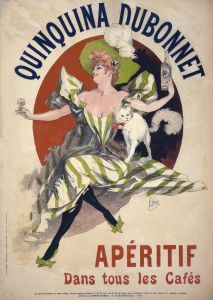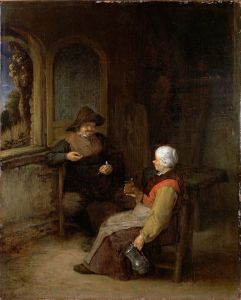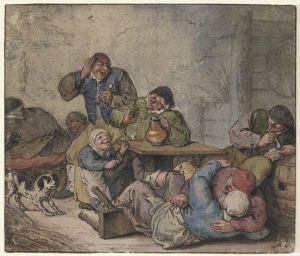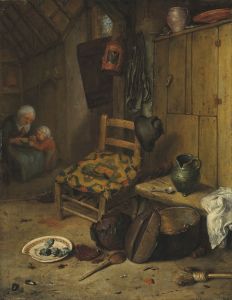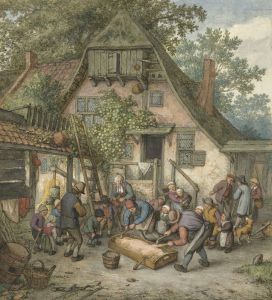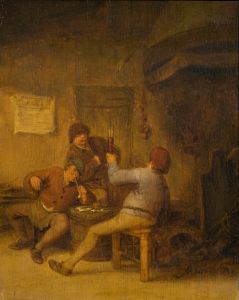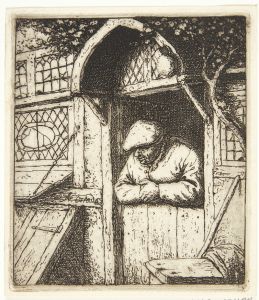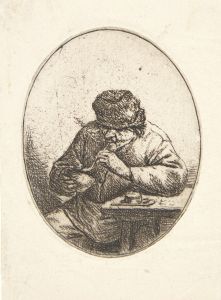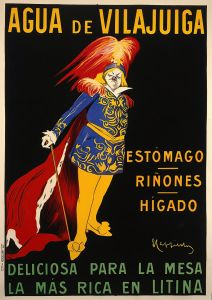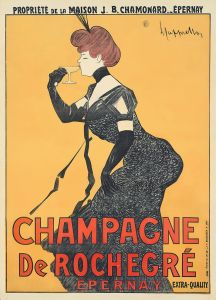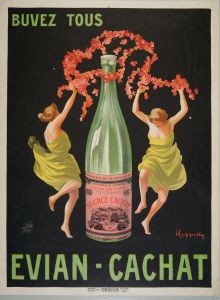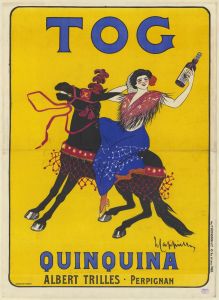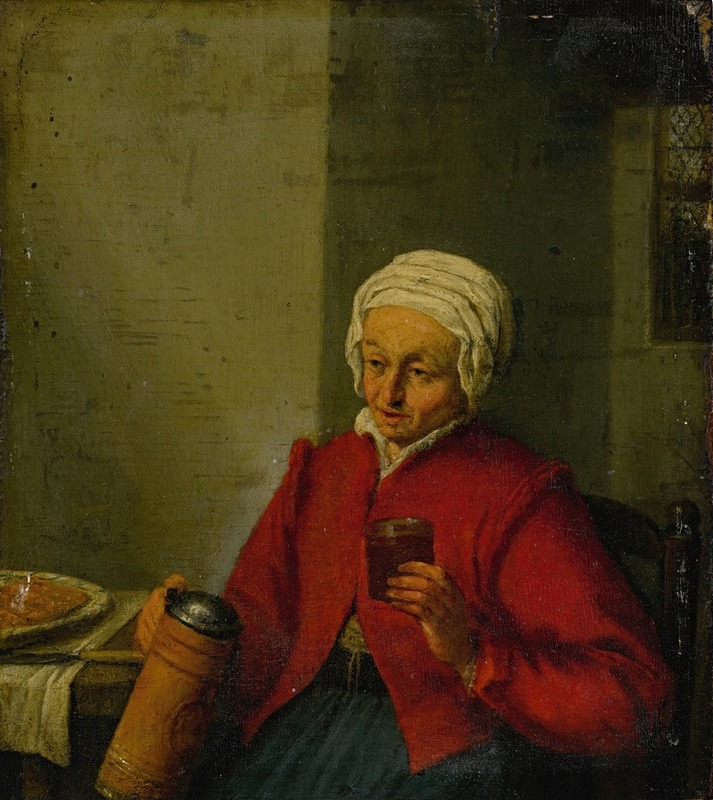
A woman holding a jug and a cup
A hand-painted replica of Adriaen van Ostade’s masterpiece A woman holding a jug and a cup, meticulously crafted by professional artists to capture the true essence of the original. Each piece is created with museum-quality canvas and rare mineral pigments, carefully painted by experienced artists with delicate brushstrokes and rich, layered colors to perfectly recreate the texture of the original artwork. Unlike machine-printed reproductions, this hand-painted version brings the painting to life, infused with the artist’s emotions and skill in every stroke. Whether for personal collection or home decoration, it instantly elevates the artistic atmosphere of any space.
Adriaen van Ostade was a Dutch Golden Age painter known for his genre scenes depicting peasant life. Born in 1610 in Haarlem, Netherlands, van Ostade was a contemporary of renowned artists such as Frans Hals and Rembrandt van Rijn. He studied under the painter Frans Hals, which significantly influenced his style, particularly in his use of color and lively character depictions.
One of van Ostade's works, "A Woman Holding a Jug and a Cup," exemplifies his focus on everyday life and his ability to capture the essence of 17th-century Dutch peasantry. This painting, like many of his works, reflects the social and cultural aspects of the time, providing a glimpse into the domestic life of the lower classes in the Netherlands.
The painting portrays a woman engaged in a simple, yet intimate, domestic activity. She holds a jug in one hand and a cup in the other, suggesting she might be in the process of serving a drink. Van Ostade's attention to detail is evident in the woman's attire, which is typical of the period, and in the textures of the objects she holds. The composition is intimate, drawing the viewer's attention to the woman's expression and the objects she interacts with.
Van Ostade's palette in this painting is characteristic of his work, utilizing earthy tones that convey warmth and realism. The use of light and shadow adds depth to the scene, highlighting the woman's features and the contours of the jug and cup. This technique not only enhances the three-dimensionality of the painting but also creates a sense of immediacy and presence.
Throughout his career, van Ostade produced numerous paintings, drawings, and etchings that depicted similar scenes of rural and domestic life. His works are celebrated for their humor, vitality, and keen observation of human nature. "A Woman Holding a Jug and a Cup" fits within this larger body of work, showcasing his ability to capture the subtleties of human expression and interaction.
Van Ostade's paintings were highly sought after during his lifetime, and he enjoyed considerable success. His works were collected by art patrons across Europe, and his influence extended beyond his immediate circle of contemporaries. He was also a teacher to several artists, including his brother, Isaack van Ostade, who became a notable painter in his own right.
Today, Adriaen van Ostade's works are held in major museums and collections worldwide, including the Rijksmuseum in Amsterdam and the Louvre in Paris. "A Woman Holding a Jug and a Cup" continues to be appreciated for its artistic merit and its contribution to the understanding of Dutch genre painting in the 17th century.
Van Ostade's legacy is that of a masterful observer of everyday life, whose works provide valuable insights into the social fabric of his time. His paintings remain a testament to the richness of Dutch Golden Age art and its enduring appeal.





